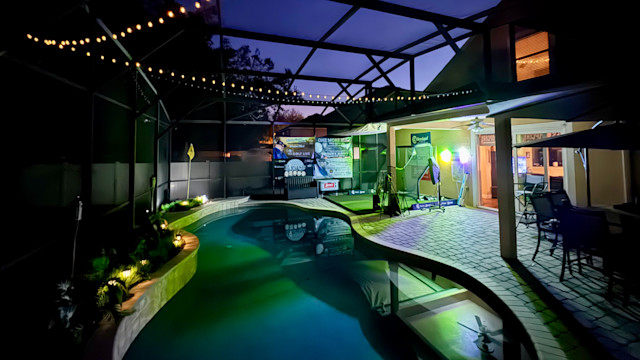quick coaching
How to Practice Golf at Home Series: Part 1
By Brendon Elliott, PGA
Published on
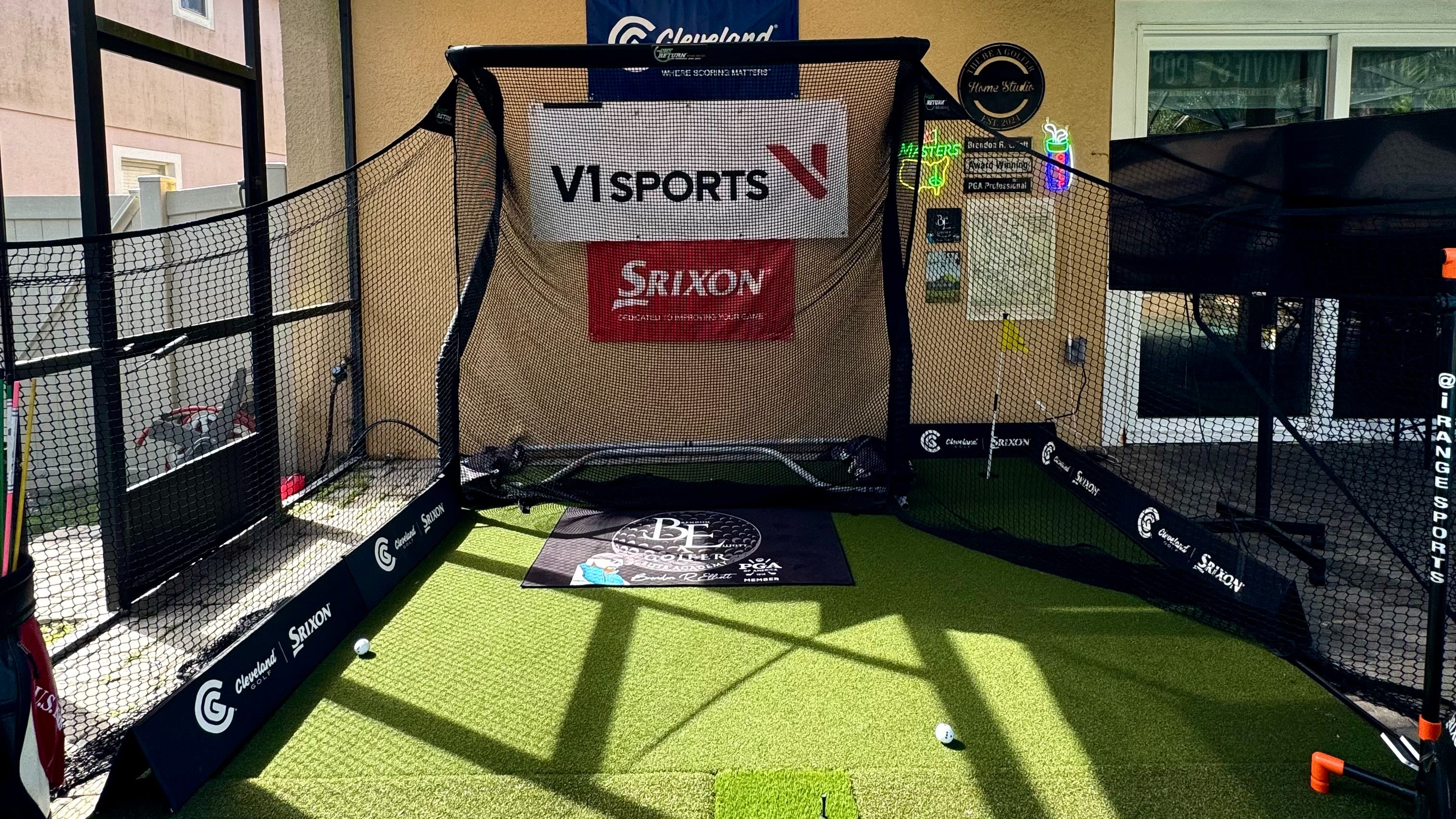
All golfers know the importance of practice. No matter what level of golfer you are or what level you aspire to, the only way to get there is through solid, meaningful, and well-structured practice.
However, finding the time to hit the driving range or head out to the course can be challenging. Luckily, with a little creativity and dedication, you can practice effectively from the comfort of your home.
In this five-part series, we’ll explore various ways to enhance your game right at home. This first installment will focus on establishing a strong foundation for your practice sessions.
Set Your Goals
Setting specific, measurable goals is essential before diving into a practice routine. Do you want to improve your putting? Work on your short game? Perhaps you aim to gain distance with your driver. Identifying your primary focus will help you tailor your practice plan accordingly. Write down your goals and keep them visible to stay motivated throughout your practice sessions.

Creating a Dedicated Practice Space
The next step is to establish a designated practice area. If you're looking for some inspiration, we talked a few weeks ago about how to create a home golf studio. This doesn’t have to be a large space; even a small corner of your living room or backyard can work. Equip your area with a few essential items to maximize your practice:
1. Putting Mat: Invest in a good-quality putting mat. This will allow you to work on your stroke and distance control.
2. Chipping Area: If you have a backyard, consider setting up a target area for chipping practice. You can use a towel or a bucket as your target.
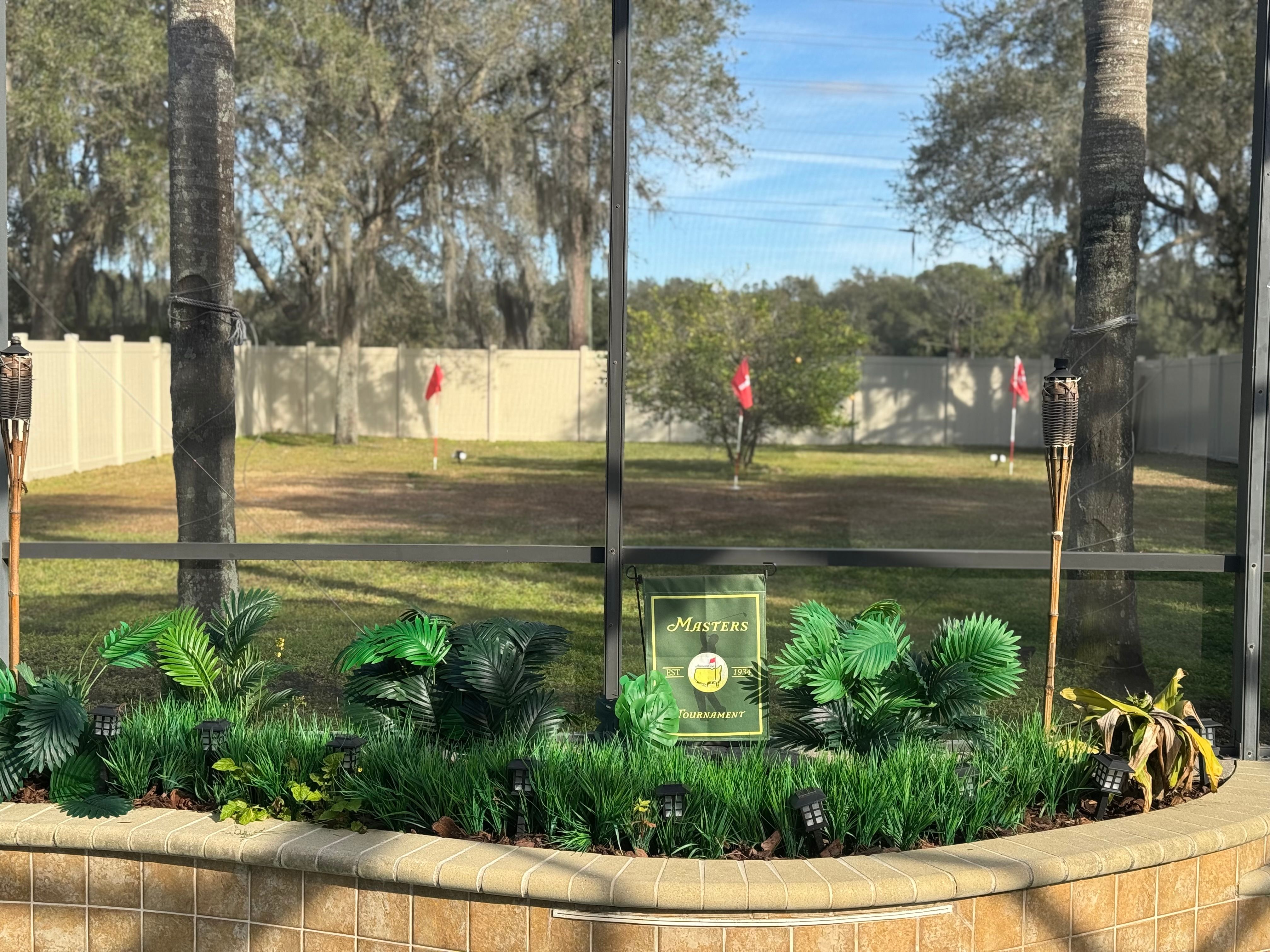
3. Net for Full Swings: If space allows, a practice net enables you to work on your full swing without needing to leave your home.
Structure Your Practice Sessions
Once you have your space set up, it’s time to structure your practice sessions. A well-organized session can improve focus and yield better results. Here’s a sample practice plan:
1. Warm-Up (10 Minutes): Start with some light stretching to prepare your muscles for swinging. Shadow swings without a club can also be beneficial for loosening up.
2. Putting (15 Minutes): Focus on fundamentals like alignment, grip, and stroke. Set up various distance challenges to work on your speed control and accuracy.
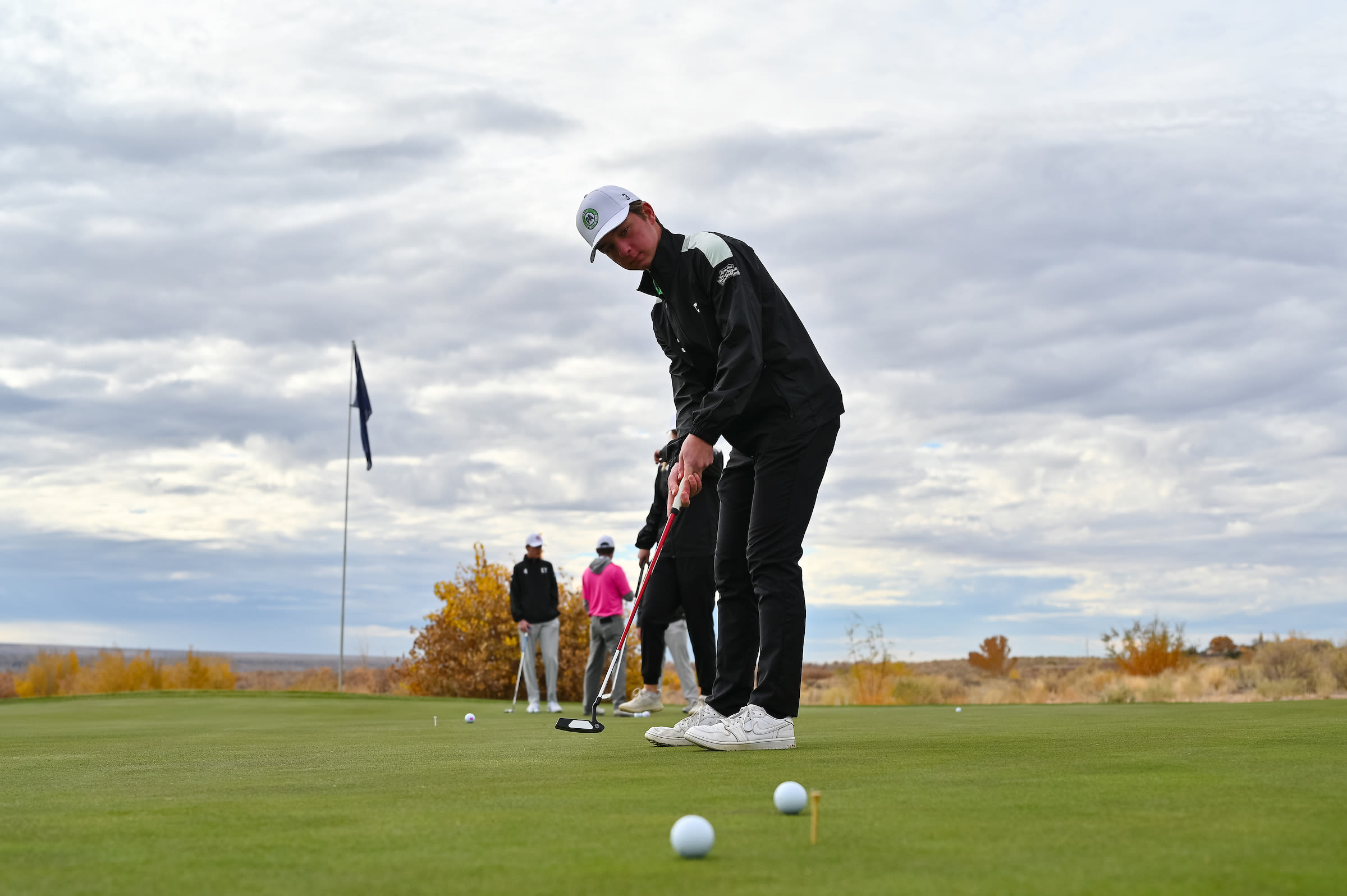
3. Chipping (15 Minutes): Practice different types of chips (high, low, bump-and-run). Use targets to improve precision and challenge yourself with different lies.
4. Full Swing Drills (20 Minutes): Use your practice net to work on your driver and iron shots. Focus on your grip, stance, and follow-through. You can use alignment sticks or markers to work on swing path and consistency.
5. Cool Down (5 Minutes): Finish with light stretching to relax your muscles and prevent stiffness. Reflect on what you worked on and how you can improve next time.
Utilize Online Resources & Track Your Progress
In today’s digital age, there are countless resources available to help you enhance your skills. The first step is to find someone who can help you get better, and that's a PGA Coach. You can use this tool to find one near you, who can help in-person and when you're at home. PGA Coaches have also shared a ton of great drills on PGA.com, and this tip landing page is an excellent resource.

Tracking your progress is essential as you embark on your at-home practice journey. Maintain a journal or log where you record what you practiced, any challenges you faced, and improvements you observed. Share it with your PGA Coach. They can help you stay accountable and make adjustments to your practice plan as needed.
Final Thoughts and a Look at Part 2
Starting an at-home golf practice routine may seem daunting initially, but it can become an enjoyable and rewarding experience with a clear plan and commitment. By setting goals, creating a designated practice space, structuring your sessions, utilizing online resources, and tracking progress, you’re laying the groundwork for a successful practice plan.
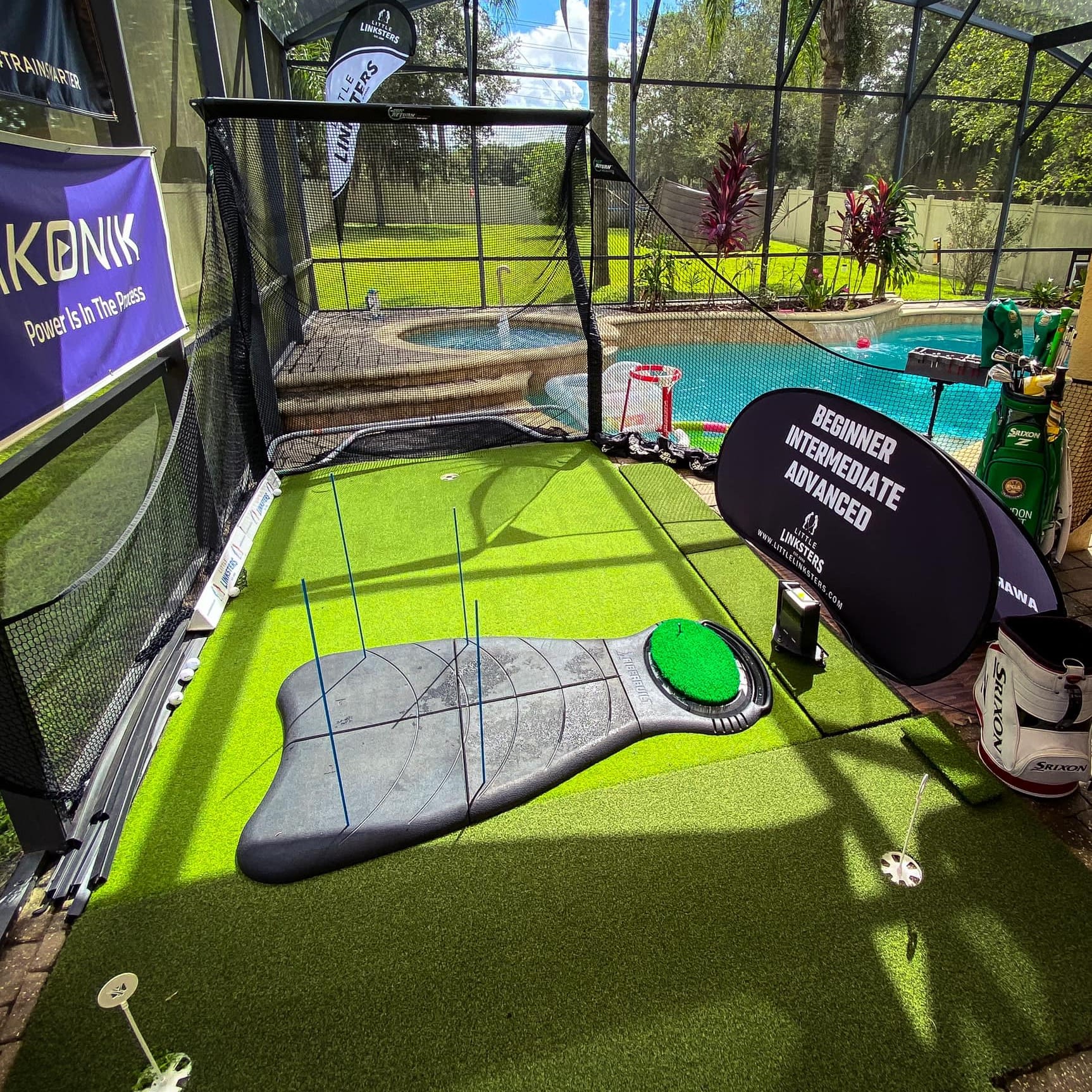
A good home studio setup can help you practice more.
Next week, we’ll delve into the specifics of putting techniques that can shave strokes off your game. Stay tuned for Part 2 of our series, and happy practicing!
PGA of America Golf Professional Brendon Elliott is an award-winning coach and golf writer. You can check out his three weekly columns on RG.org, and to learn more about Brendon, visit OneMoreRollGolf.com.

